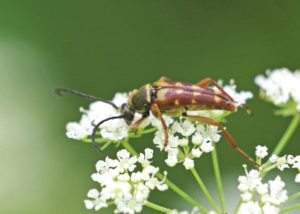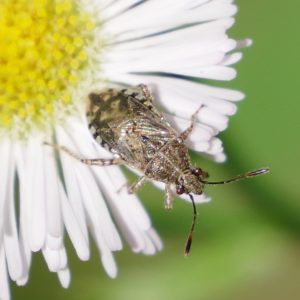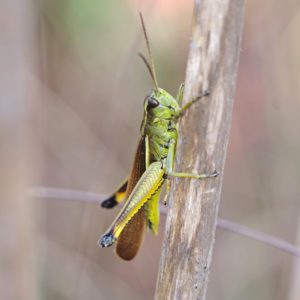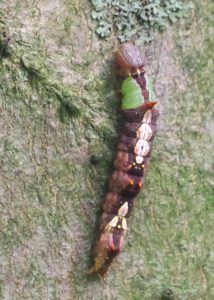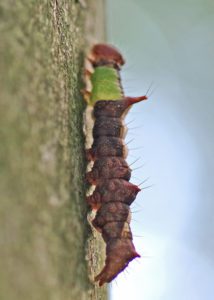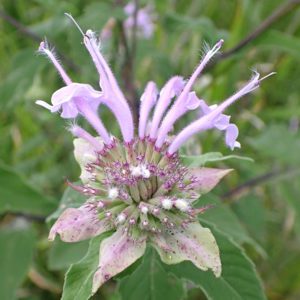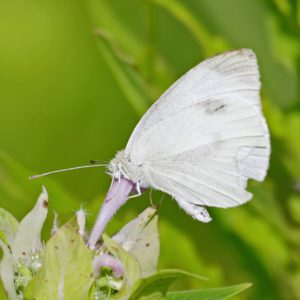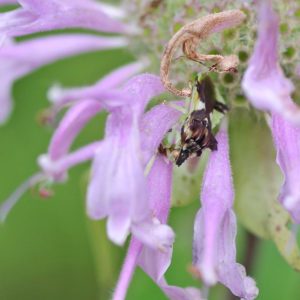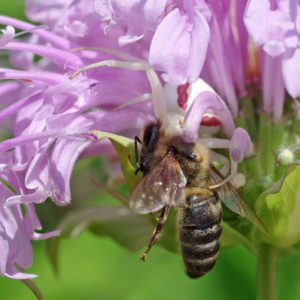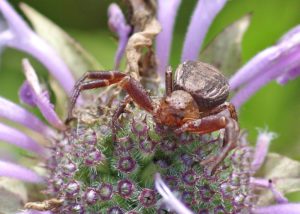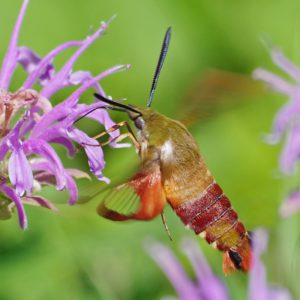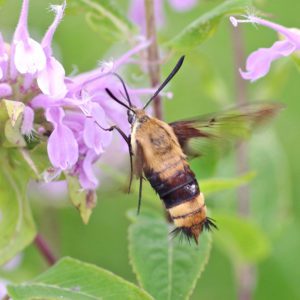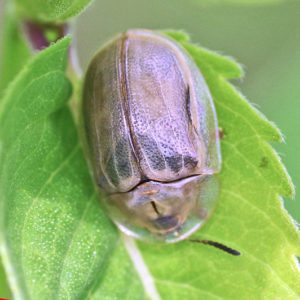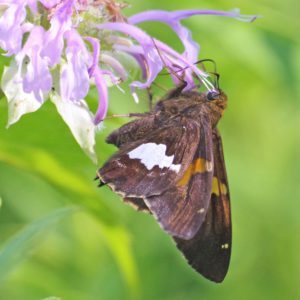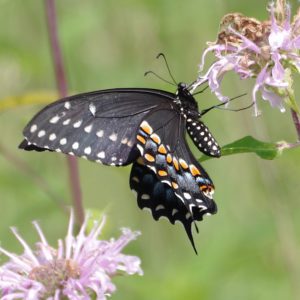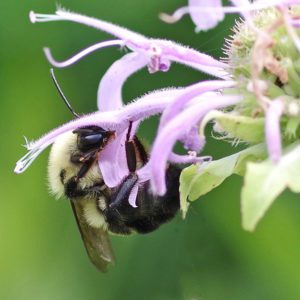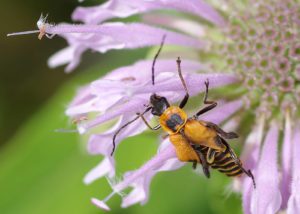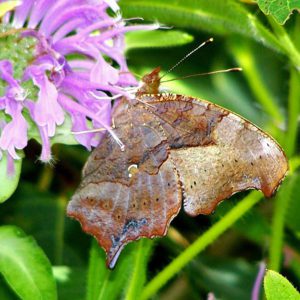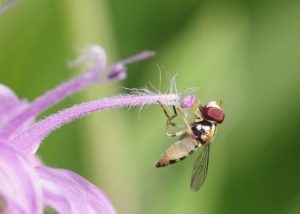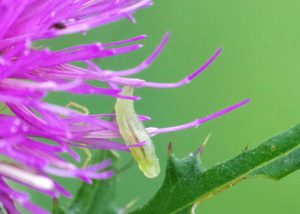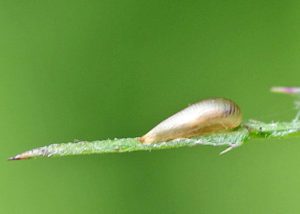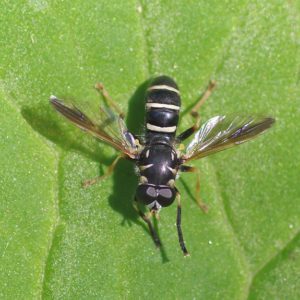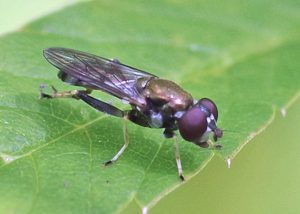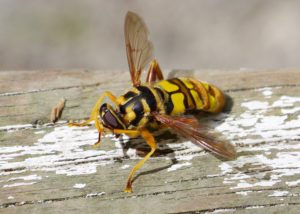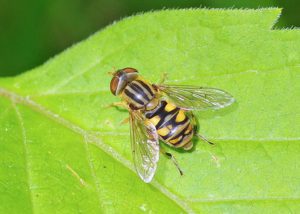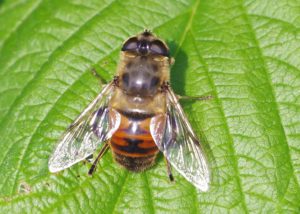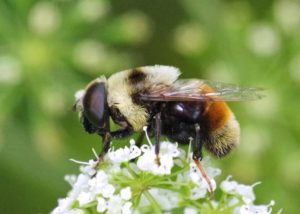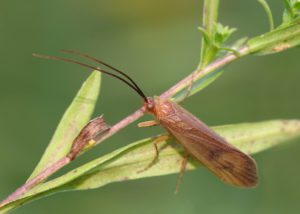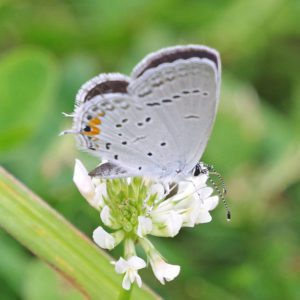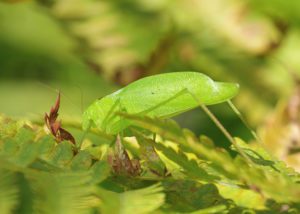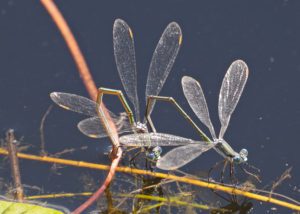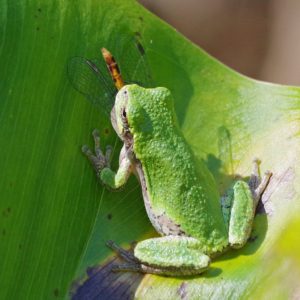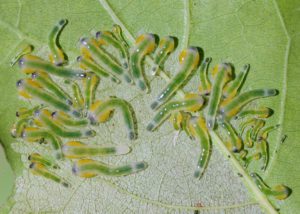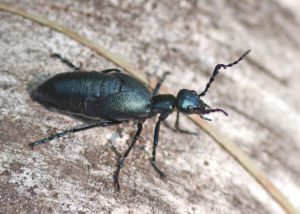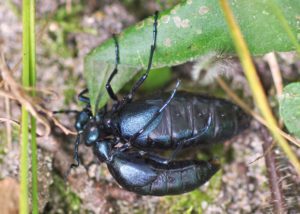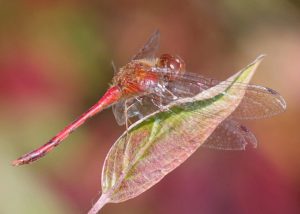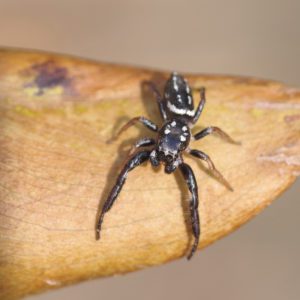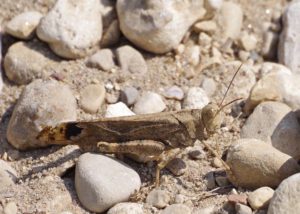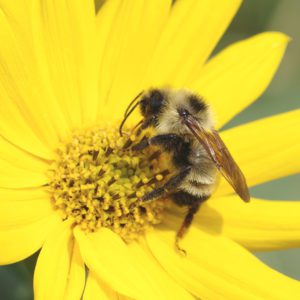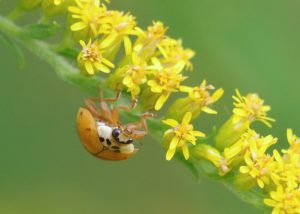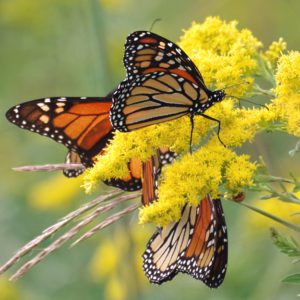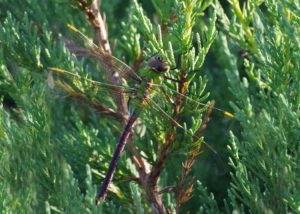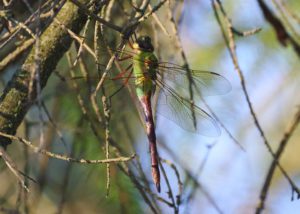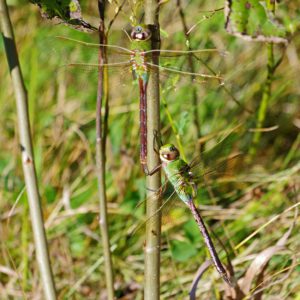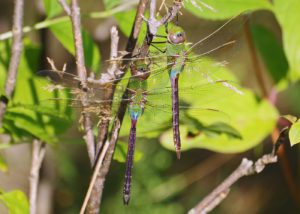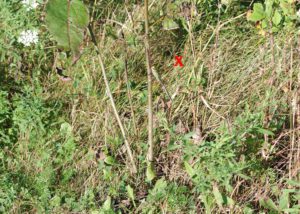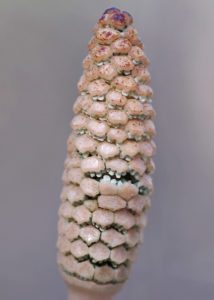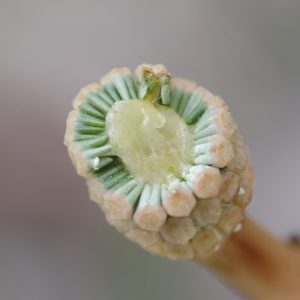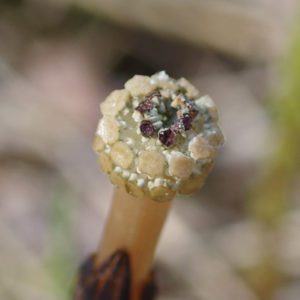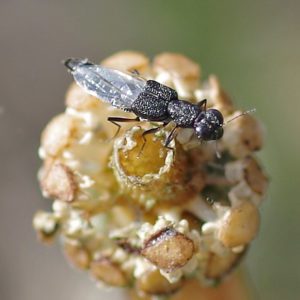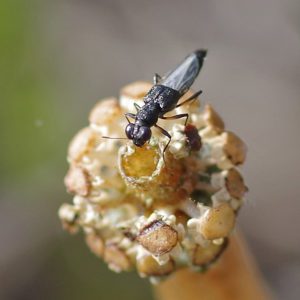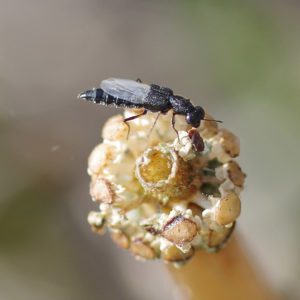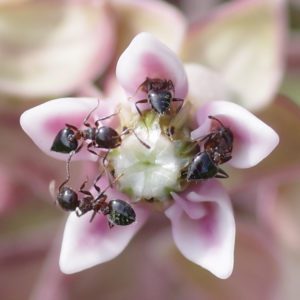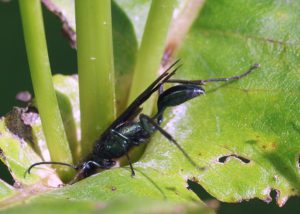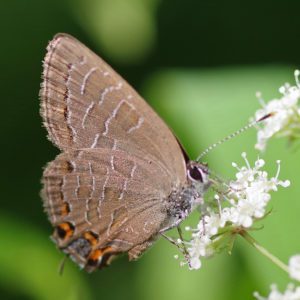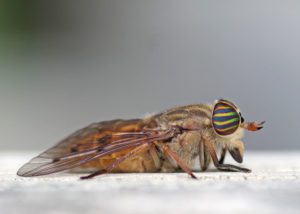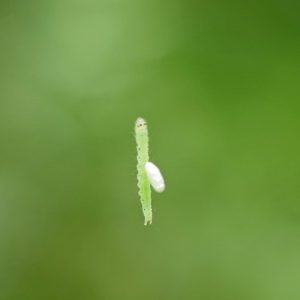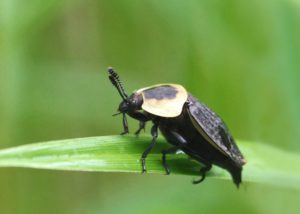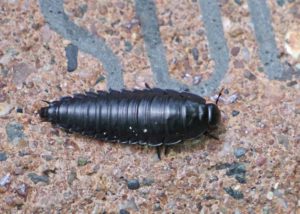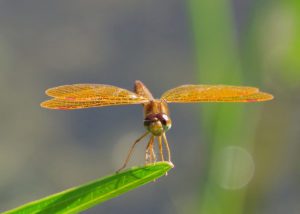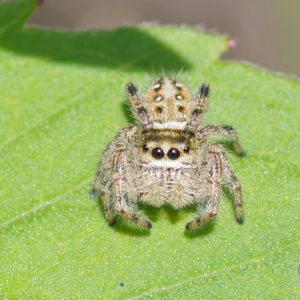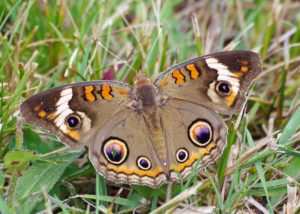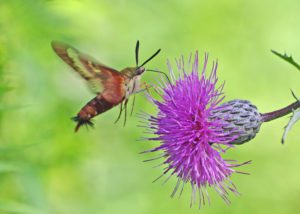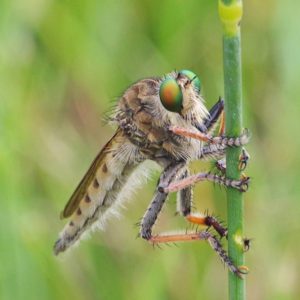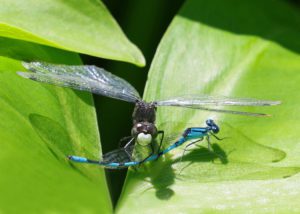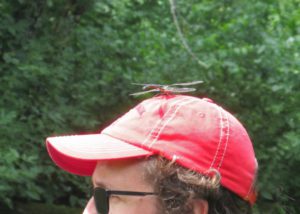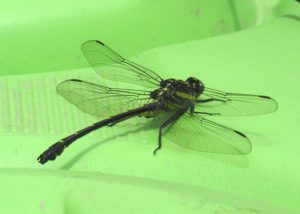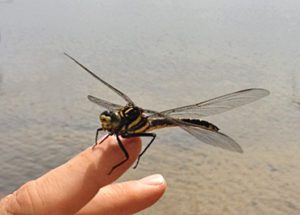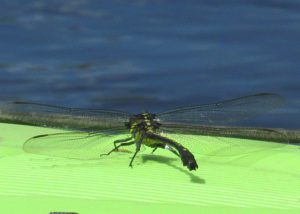Howdy, BugFans,
Bugs without Bios are bugs who have no fan clubs or t-shirts or Wanted posters and who go about their daily lives without attracting too much attention, yet are still worthy of our admiration..
Actually, there probably is a BANDED LONGHORN BEETLE t-shirt out there somewhere. It’s in the charismatic Long-horned beetle family Cerambycidae, whose extra-long-antennaed members are favorites of insect enthusiasts everywhere. They’re in the flower longhorn subfamily Lepturinae – long, skinny, “broad-shouldered” beetles that can be seen crawling across blossoms in the daytime, feeding on nectar (carbs) and pollen (protein) without demolishing the flowers. Flower longhorn larvae stay out of sight, burrowing in decaying tree trunks.
For a nice overview of the flower longhorns, see this article in the other Bug of the Week: http://bugoftheweek.squarespace.com/blog/2019/8/2/blossom-beetles-flower-longhorn-beetles-subfamily-lepturinae
Banded longhorns (Typocerus velutinus) (velutinus refers to the beetle’s golden “downiness”) are found in grasslands, prairies, pastures, or woody openings with wildflowers in eastern North America. There must be dead hardwoods like oak and hickory nearby for its larvae. Adults are often associated with Queen Anne’s lace (this one was on Water hemlock, which is in the same family) but they’ve been recorded on plants in the rose, elderberry, aster, viburnum, sumac, and dogbane families, where their downiness makes them good pollinators.
The delicate little GRASS BUG Arhyssus nigristernum (probably) is in the Scentless Plant bug family Rhopalidae, a family we have encountered before in the form of the Box elder bug. There are 14 species in this New World genus, but only three occur in the weedy fields of the East.
There’s not much out there about Arhyssus nigristernum (no common name). A different Arhyssus species is known to overwinter as an adult, and another genus member that lives in the Northwest is infamous, like the Box elder bug, for moving (harmlessly) inside for the winter (“home invasions,” says one newspaper article), and despite its family name, this species is said to smell “piney.”
The BugLady found this pretty and remarkably cooperative STRIPED SEDGE GRASSHOPPER (Stethophyma lineata) (or lineatum) in her favorite wetland this summer. It’s in the Short-horned grasshopper family Acrididae and in the Band-winged grasshopper subfamily. The Striped sedge grasshopper has northern affiliations – it’s found across North America as far north as Alaska and as far south as Colorado and New Jersey, although according to bugguide.net it seems to be getting scarce in the southern part of its range (it’s listed for northeastern but not for southeastern Wisconsin).
It lives on the edges of lakes, marshes, bogs, and wet meadows, and as its name suggests, its food is mostly sedges.
Many of the Band-winged grasshoppers have dramatically-striped wings, but this one’s wings are a sedate cocoa color https://bugguide.net/node/view/1882582/bgimage; it has great gams https://bugguide.net/node/view/311225/bgimage!
Fun Fact about the Striped sedge grasshopper: according to GRASSHOPPERS OF NORTHWEST TERRITORIES and adjacent regions, “This relatively large species is sometimes locally abundant and may be important in the diet of Sandhill and Whooping Cranes.”
#600!
Kate Redmond, The BugLady
Bug of the Week archives:
http://uwm.edu/field-station/category/bug-of-the-week/

